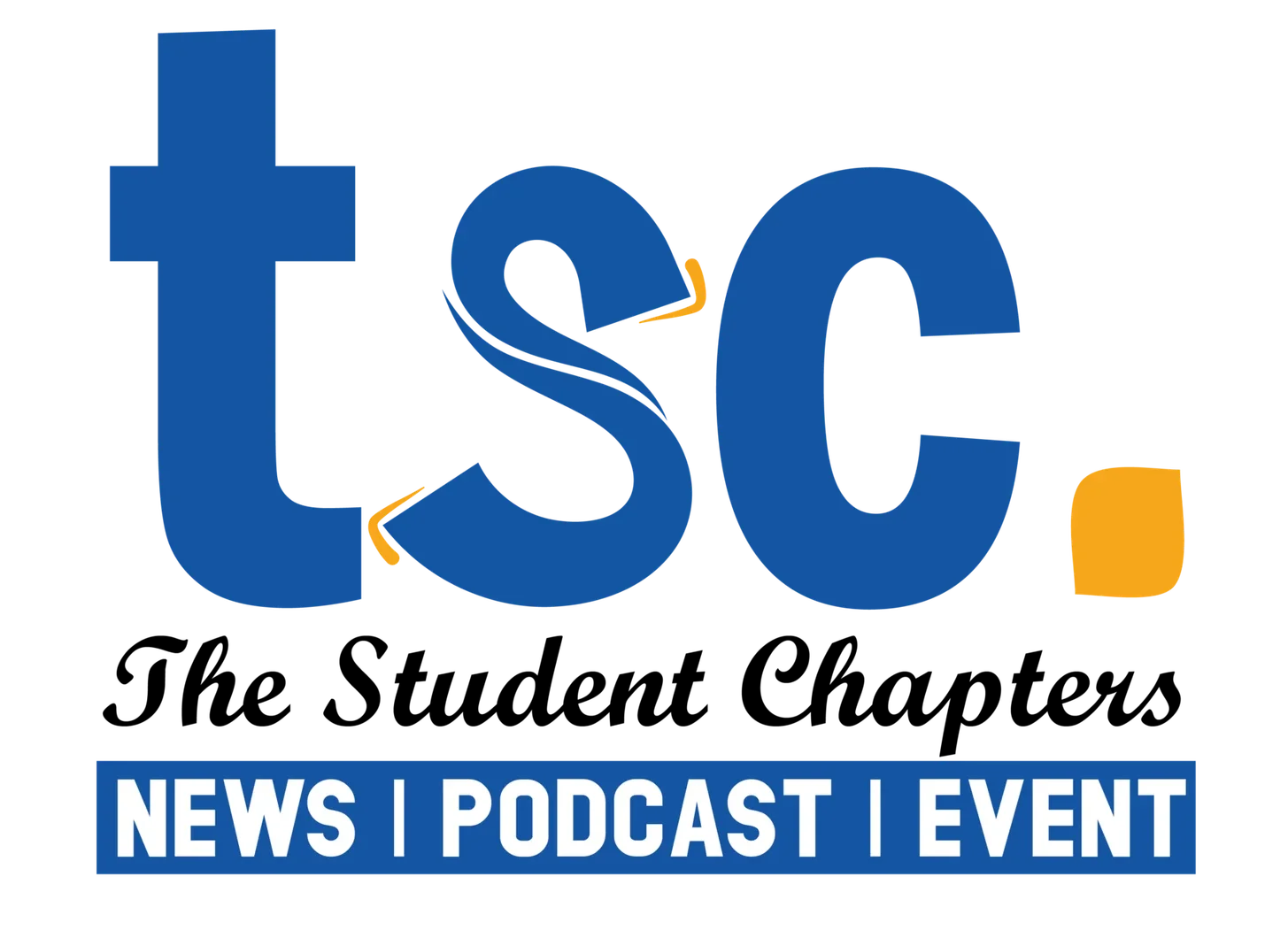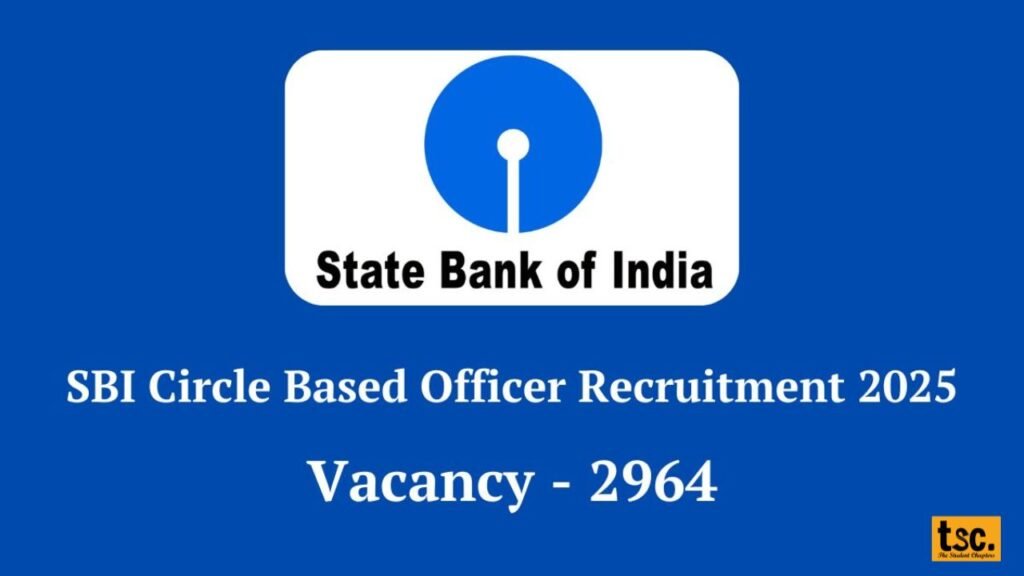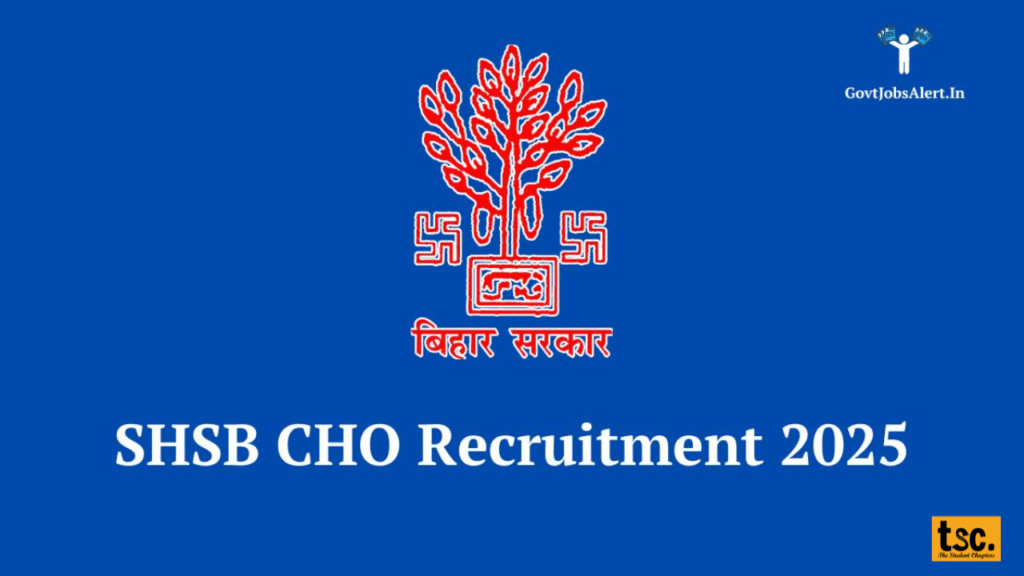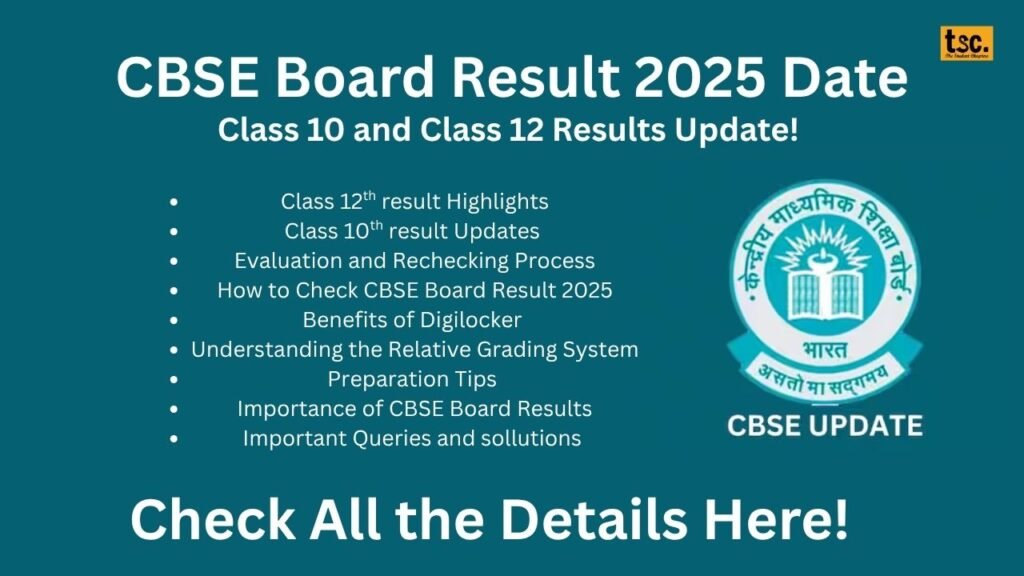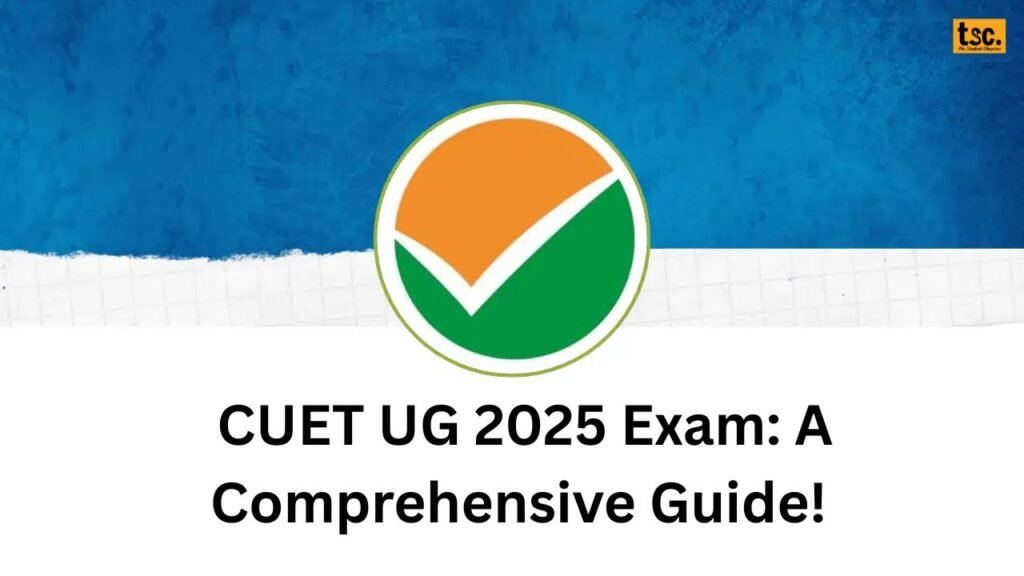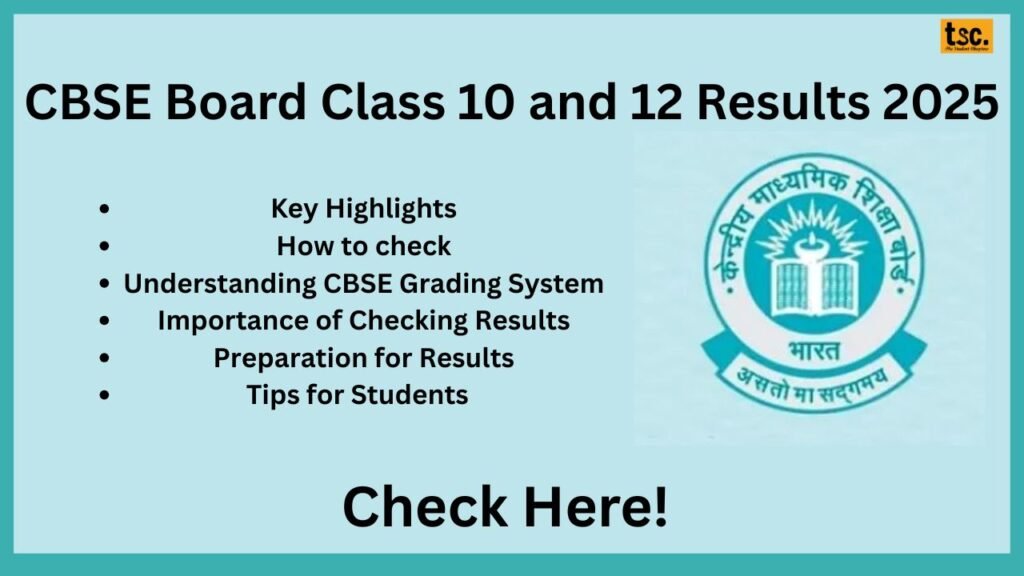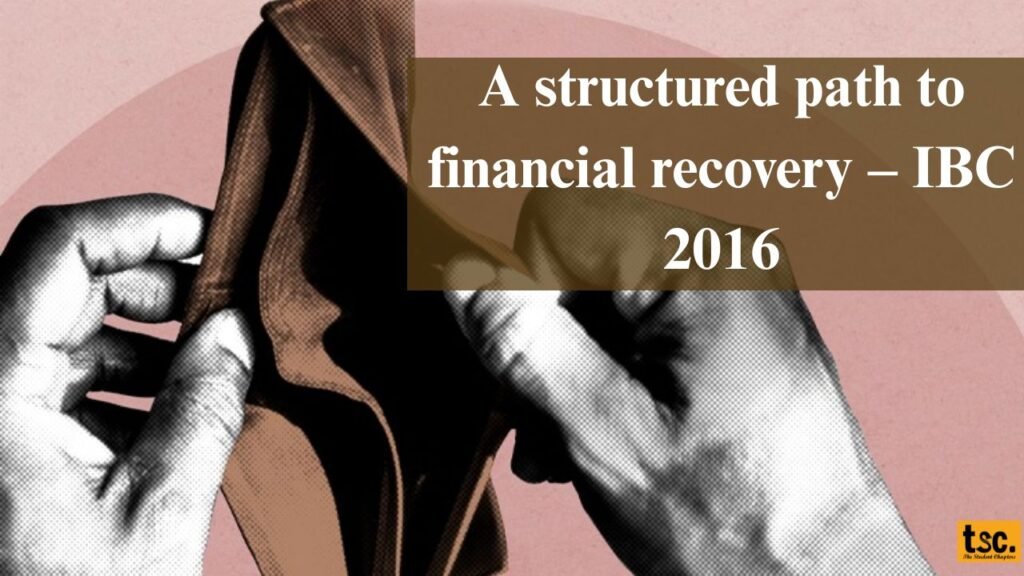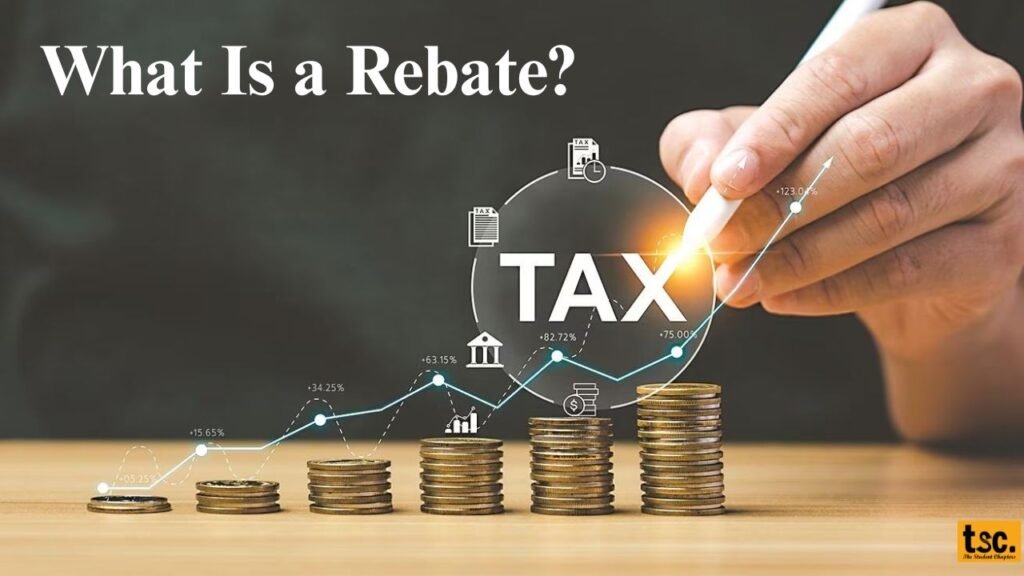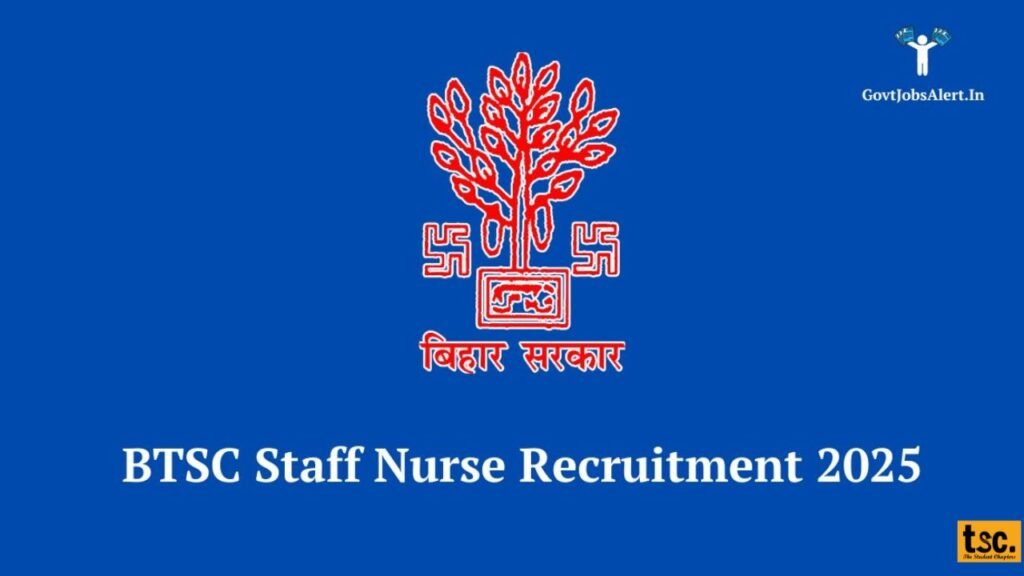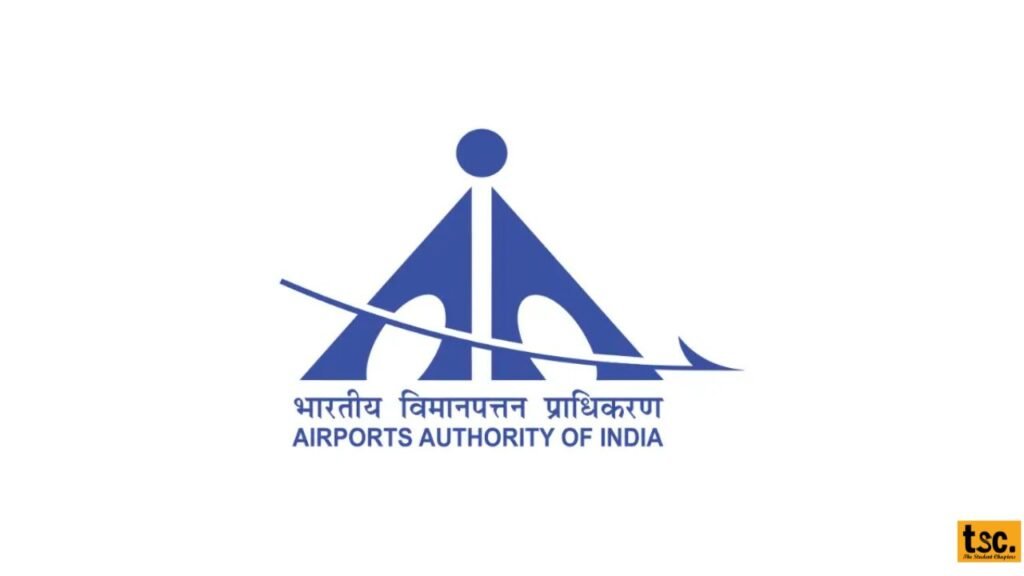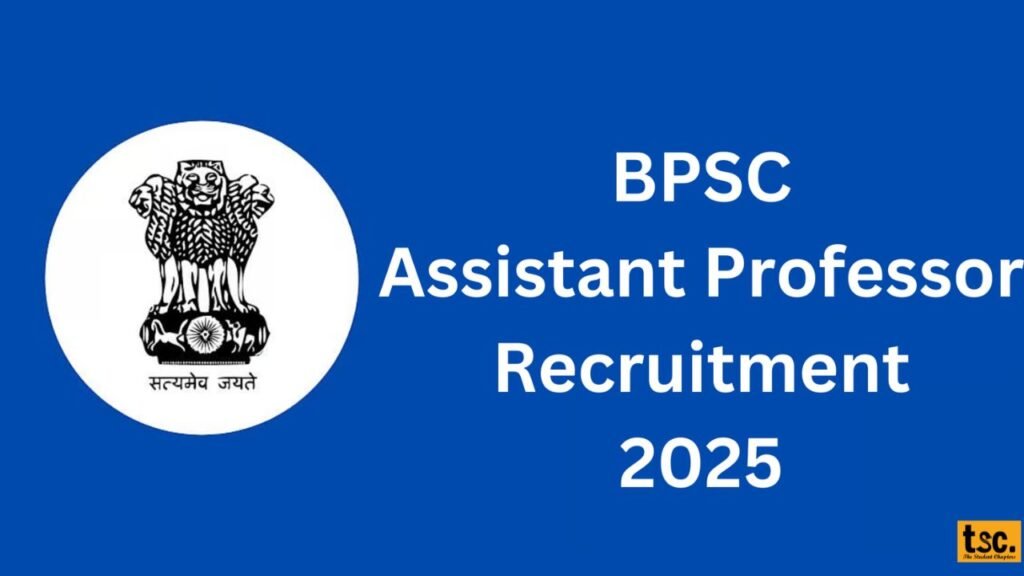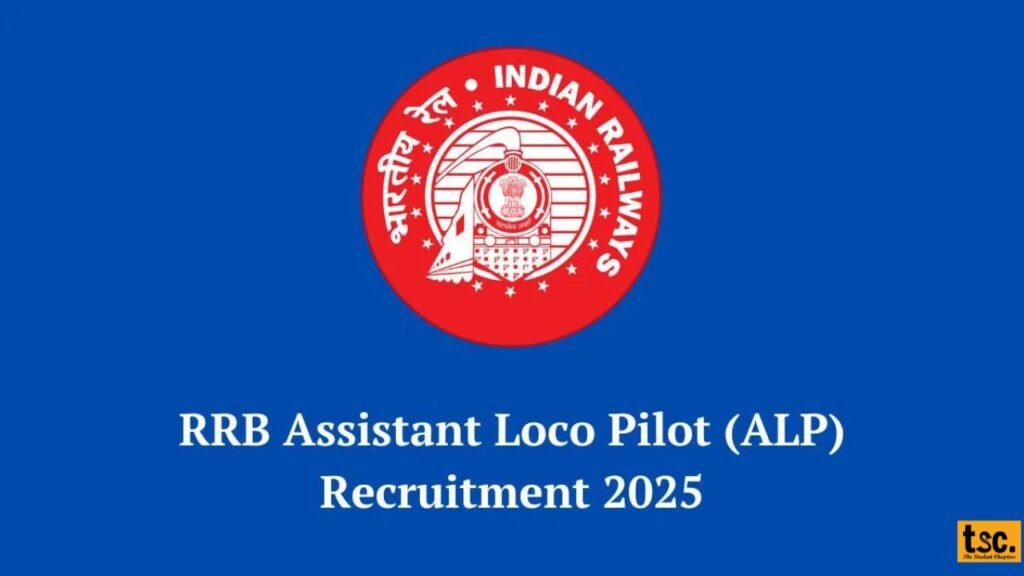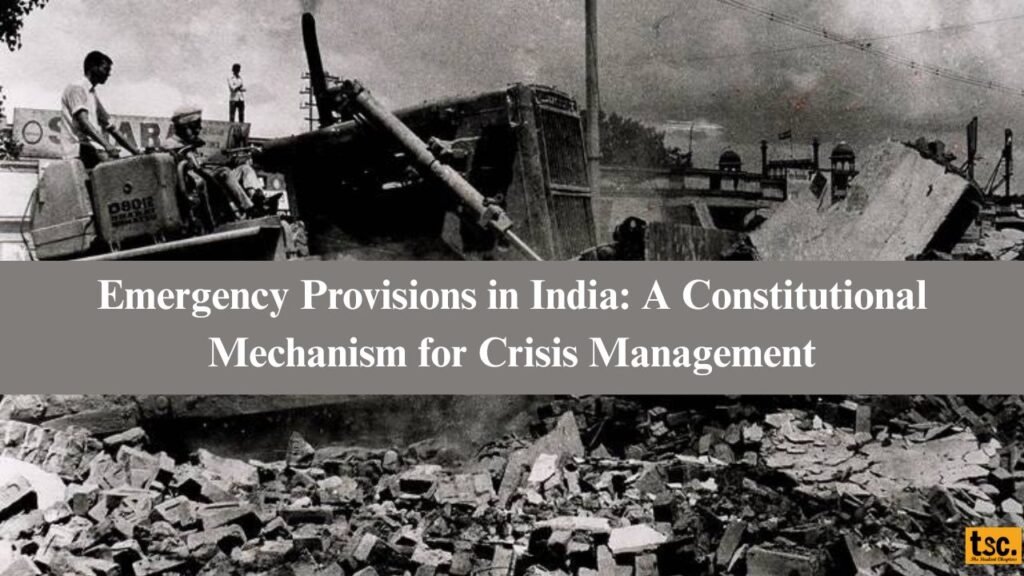A structured path to financial recovery – IBC 2016
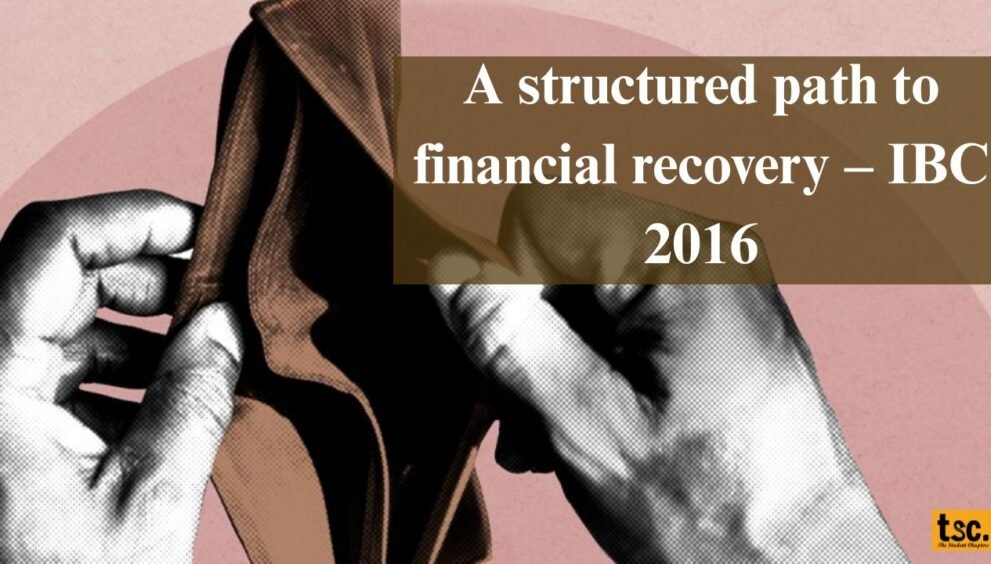
A structured path to financial recovery – IBC 2016. The Insolvency and Bankruptcy Code (IBC), 2016 is a comprehensive legal framework introduced by the Government of India to address insolvency and bankruptcy issues. Its main goal is to provide a time-bound process for resolving insolvency, ensuring the revival of businesses and the maximum recovery for creditors. It also seeks to create a credibility-driven and market-friendly environment for businesses in India.
The IBC aims to simplify and streamline the process of insolvency resolution in India, replacing a patchwork of older laws with a unified structure.
Key Objectives of the IBC:
- Timely Resolution: The code seeks to speed up the resolution process for distressed businesses.
- Maximizing Recovery: It aims to maximize asset recovery for creditors through a fair, transparent, and efficient process.
- Protecting Interests of Creditors: Ensuring that creditors, including secured and unsecured lenders, are paid in an equitable manner.
- Rehabilitation of Businesses: Instead of liquidating viable businesses, IBC focuses on revival and restructuring where possible.
- Insolvency Resolution for Individuals and Companies: It addresses both corporate insolvency (for companies) and individual insolvency.
Structure and Key Features:
- Corporate Insolvency Resolution Process (CIRP):
- Applicability: Applies to companies, limited liability partnerships (LLPs), and partnerships.
- Initiation: A financial creditor, operational creditor, or the corporate debtor can initiate the process when a default occurs (i.e., a failure to pay debts of ₹1 crore or more).
- Timeframe: The entire insolvency resolution process must be completed within 180 days, extendable by 90 days.
- Moratorium: A moratorium period is declared, meaning no legal action can be taken against the company, such as asset seizures or recovery proceedings.
- Insolvency Resolution Professional (IRP):
- An Insolvency Professional (IP) is appointed to take over the management of the company.
- The IP manages the affairs of the insolvent entity and attempts to formulate a recovery or restructuring plan.
- Committee of Creditors (CoC):
- A group of financial creditors form a Committee of Creditors (CoC) to decide the course of action for resolving the insolvency.
- The CoC decides on the approval or rejection of the resolution plan submitted by potential investors or business owners.
- Resolution Plan:
- A resolution plan is a proposal from the potential buyer or investor to restructure or revive the distressed business.
- The CoC evaluates the plan and may approve it. The plan aims to settle outstanding debts, resume business operations, and protect the interests of employees and stakeholders.
- Liquidation:
- If the resolution plan is not approved or the business cannot be revived, liquidation is triggered.
- In the liquidation process, the assets of the company are sold to repay creditors. The proceeds are distributed based on the priority established in the law.
- Insolvency and Bankruptcy Board of India (IBBI):
- The IBBI is the regulator for insolvency professionals, agencies, and information utilities.
- It supervises the entire insolvency process and ensures compliance with the IBC.
Insolvency Process for Individuals and Partnership Firms:
In addition to corporate insolvency, the IBC also deals with insolvency resolution for individuals and partnership firms. This part of the code was introduced in 2019 through amendments, providing a mechanism for personal insolvency.
Key Steps in Individual Insolvency:
- Application: Individuals or creditors can apply for insolvency resolution before the National Company Law Tribunal (NCLT).
- Resolution: A resolution plan is prepared, and if approved, it provides a way for the individual to pay off their debts.
- Discharge: Once the resolution plan is successfully completed, the individual is discharged from the liabilities.
Benefits of the IBC:
- Quick Resolution: The IBC ensures that insolvency is resolved in a time-bound manner, reducing the time and costs associated with debt recovery.
- Creditors’ Rights: Creditors can actively participate in the process and ensure they receive a fair share of recoveries.
- Transparency and Fairness: The entire process is carried out under the supervision of a neutral insolvency professional, ensuring transparency and fairness.
- Better Recovery Rates: It has improved recovery rates for creditors compared to the previous system.
- Attracts Investment: By providing a structured and reliable resolution framework, IBC makes the Indian market more attractive to global investors.
Challenges and Criticisms:
- High Number of Cases Pending: Despite improvements, a backlog of insolvency cases still exists, leading to delays in resolution.
- Complexity: The insolvency process, while time-bound, can still be complex and expensive for smaller businesses to navigate.
- Judicial Overload: The National Company Law Tribunal (NCLT) has faced challenges in terms of a large caseload, sometimes affecting the speed of hearings and decisions.
- Limited Focus on Recovery: Critics argue that the liquidation process sometimes takes precedence over finding sustainable solutions for struggling businesses, potentially leading to the loss of jobs and productive capacity.
Conclusion:
The Insolvency and Bankruptcy Code, 2016 (IBC) has significantly improved the insolvency and bankruptcy landscape in India. It provides a clear, structured, and efficient process for addressing insolvency, with a focus on the revival of businesses rather than merely liquidating assets. By improving creditor recovery and promoting transparency, IBC has also helped enhance India’s ease of doing business. However, the code is still evolving, and its success will depend on overcoming operational challenges and ensuring greater accessibility for smaller firms and individuals. A structured path to financial recovery – IBC 2016
